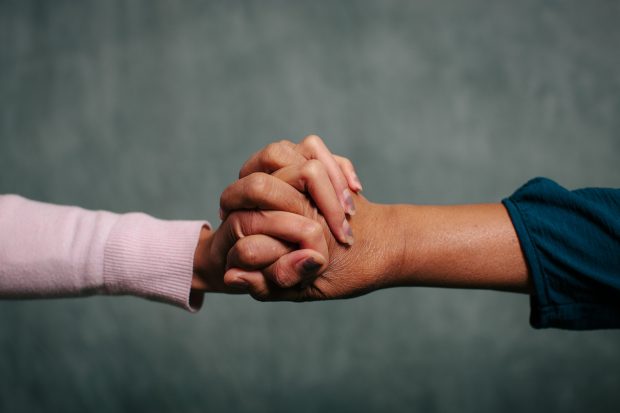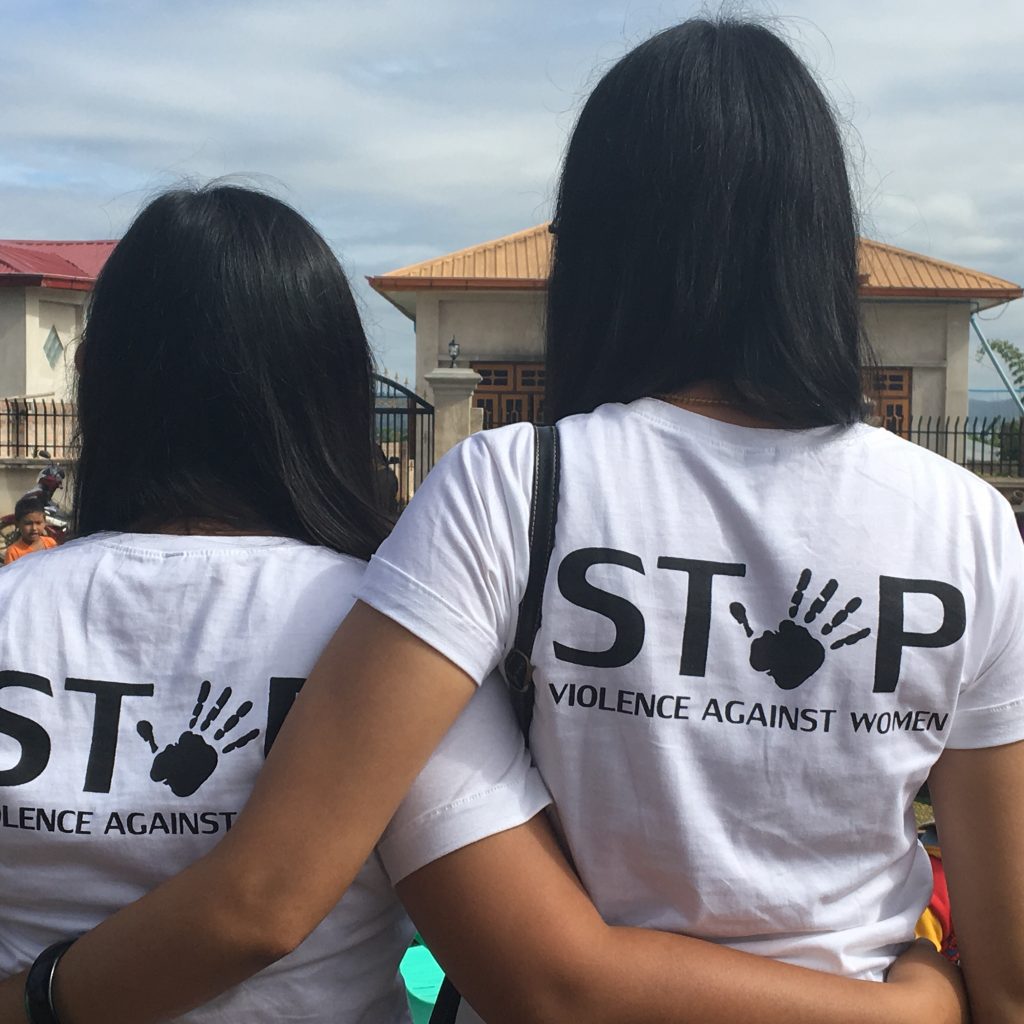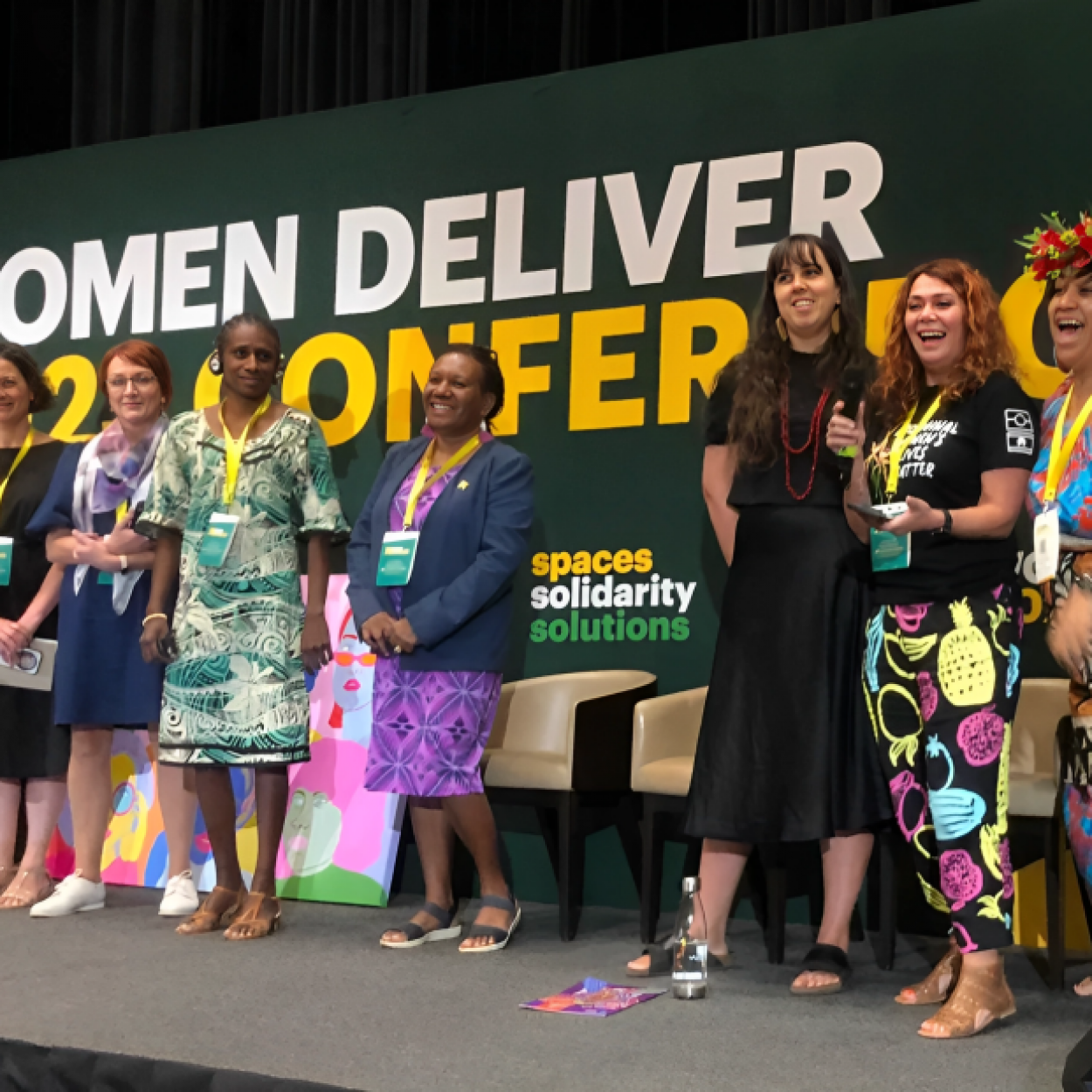7 Ways to Fight gender-based violence
Violence against women is a complex problem that can’t be solved with a quick fix. It’s also incredibly common – 1 in 3 women globally will experience violence in their lifetime. It requires a variety of responses, with a strong focus on prevention and changing gender norms to cultivate gender equality.
But long-term change can’t come at the expense of supporting the millions of women around the world who experience violence every day.
Here’s how women’s rights organisations like IWDA and our partners are working to eliminate violence, both on an individual and collective scale.
In the short term:
- The important role of safe houses

People say to ‘just leave’, but for most women it’s rarely that simple. When women are financially dependent on a partner or family member, leaving can feel impossible. And in countries where there is still so much stigma and silence around domestic violence, reaching out to family and friends isn’t always an option.
This is where safe houses, crisis centres and women’s shelters provide a haven. They are a critical way for women to remove themselves from horrific situations, providing shelter, information, and support services. This can include but isn’t limited to food, accommodation, counselling, medical treatment, financial aid and legal referrals.
- Seeking medical help
Not all violence is visible. Many women turn to safe houses with serious physical injuries, but many women also experience less visible mental abuse. Counselling is an important part of the recovery process. In rural areas, these services are less accessible, and many women don’t seek medical and psychological help as they can’t afford them or do not know they exist.
Women’s rights organisations provide counselling or peer support for survivors on site, or referrals to see doctors and counsellors externally. If the process is accessible and inclusive, women are more likely to follow through, and more likely to get the care they need.
- Legal referrals
Navigating the justice system can be difficult in any country. But in countries where women are criticised for speaking up about the abuse they experience, women are even less likely to seek justice Even when they do, patriarchal court systems built on entrenched sexism mean cases of violence are not treated with the seriousness they should be.
When laws around gender-based violence are weak or unclear, it’s even harder. Women may know that violence is wrong, but they may be unaware of their legal rights. Women’s rights organisations can connect women with police, offer basic legal advice and assistance filing legal complaints.
In the long term:
- Capacity building

Financial dependency is a huge hurdle for women leaving abusive situations. Many women experiencing abuse rely on their partner for money to pay for essentials like food and housing. When they leave they may not be able to meet their or their children’s basic needs. Working with women to build their financial literacy, grow their life and work skills, and to get in touch with income generating opportunities empowers them to build the financial means to find security and start again.
This could be in the form of connecting women with short courses, linking them up with mentors in fields they’re interested in, or assisting them to access financial aid until they get back on their feet. Or it could simply be supporting women to rebuild their confidence to apply for jobs and study opportunities.
- Working with men
Global statistics show that men are overwhelmingly the perpetrators of gender-based violence. Supporting men to address and change violent behaviours is critical to the long-term elimination of violence against women.
Counselling and training about women’s rights, gender equality and gender based violence delivered to men, including those who commit violence against women, can assist families to rebuild their lives and prevent further abuse.
- Rights training
Working with men is critical to reducing violence, but it is not enough. We also need to work in the wider community to reshape the attitudes that lead to gender-based violence.
We know that by challenging the norms that help perpetuate and normalise violence against women we can start to change the realities women face. Engaging community members to discuss the behaviours and beliefs that can lead to violence against women are essential to creating a lasting change.
We also know that educating community members around women’s rights is a powerful tool in ending violence against women.
- Acting as an advocate for survivors
Supporting and empowering women on an individual and collective level is the central aim of many women’s rights organisations. But they play a much larger role in changing the laws, systems and social norms that contribute to women’s experience of violence and lack of justice across the world.
Women’s rights organisations play a major role in advocating for stronger laws, improved education around women’s rights, and a simpler way for women to seek support. This advocacy is important to work toward a long term, sustainable reduction in gender-based violence, and to improve the systems women rely on to seek justice.
They are largely run and supported by other women, both paid and voluntary, and show the power of women mobilising to support each other.
Individually, they’re a lifeline for women survivors. As a movement, they’re transformative, using their collective power to upend the way society deals with gender-based violence.
Find out more about the work of IWDA and our partners working to end gender based violence.
Keep in touch with women's rights
Register to receive updates and stories on women's rights around the world.




